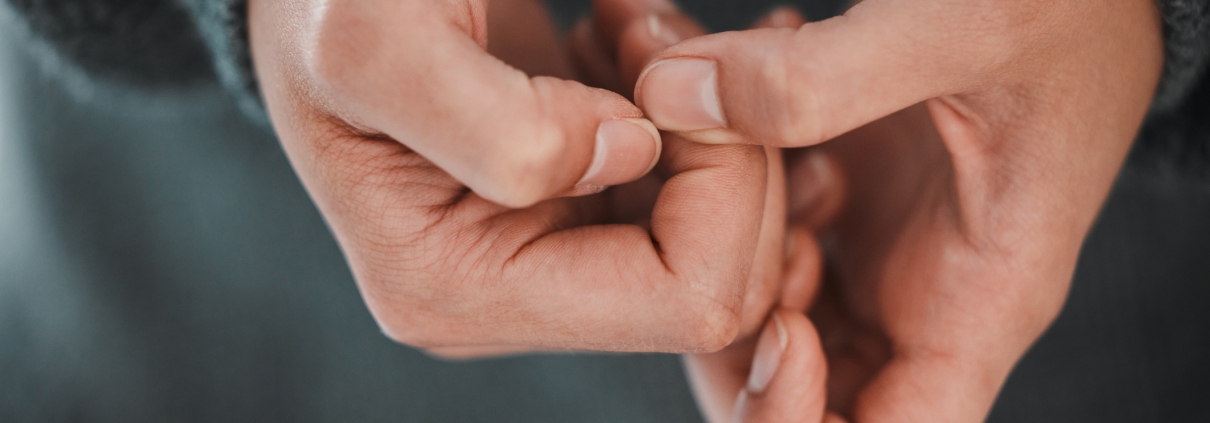Nail pain
Healthy nails are shiny and pink and should not feel uncomfortable. Some causes of nail pain resolve on their own, while others require treatment.
Nail infection (paronychia)
One of the common causes of nail pain is nail infection. In addition to pain, a nail infection causes swelling and redness of the finger, especially around the cuticle. A nail infection may also cause the nail to thicken and discharge pus from around the nail.
Fungal nail infection
When a fungus gets under or around the nail, a fungal nail infection occurs. Fungal infections, including yeasts and molds, can affect the nails. In addition to causing pain, the fungus causes the nails to turn yellow or white. Other symptoms of a fungal nail infection include thickening of the nail, crumbling, splitting, and separation from the skin. If left untreated, fungal nail infection can spread to other nails and the skin of the human body and in rare cases cause permanent damage to the nail bed.
Indented nail
Indented nails cause the sides of the nail to curve into the skin. This painful condition can occur when the nails are not trimmed properly, after an injury to the nail, or when a person wears shoes that are too tall or tight. Of all the nails, the big toe seems to be most likely to be at risk.
Symptoms of ingrown toenails include: swelling, tenderness, pain, redness, infection (if not treated) and the feeling of nail indentation. Ingrown toenails are not actually nails, but pieces of skin that break the edge of your nail. Ingrown toenails are a common type of painful nail condition that has a variety of causes, including nail biting, dry skin, irritating soaps, and cold temperatures. Nails may bleed. It’s important not to rip the nails, as doing so puts you at risk of infection.
Physical injury
While nails are strong, they can be damaged when something heavy falls on them or gets caught between a door. These injuries are usually painful because there are many nerves under and around the nails. Sometimes, physical damage to the nail causes bruising or it may fall off before the nail grows back. A bruised nail may become tender as it heals.
Nail biting
Nail biting can make the fingertips red and painful and cause bleeding. Additionally, nail biting (which involves biting the skin around the nail) increases the risk of nail infection. Quitting nail biting is usually enough to stop the painful symptoms caused by it.
Nail deformity
Some nail abnormalities are genetic and some are caused by disease, others are caused by external factors such as inappropriate shoes or nail biting. Normal clipping or pressing of the cuticles can also cause the deformity. Some of them, like ingrown toenails, can cause pain.
Pain by location
The location of your nail pain can sometimes provide insight into its cause.
Pain on the side or corner of the nail may be caused by: corns (especially when near the big toe), nail biting, in growing nails, nail injuries, infection, and deformity.
When your pain is in the nail bed, it is often caused by: infection, nail fungus, nail deformity, and physical injury.
Cuticle pain can be caused by: nail biting, corns, physical injury, infection, nail fungus, and nail deformity.





